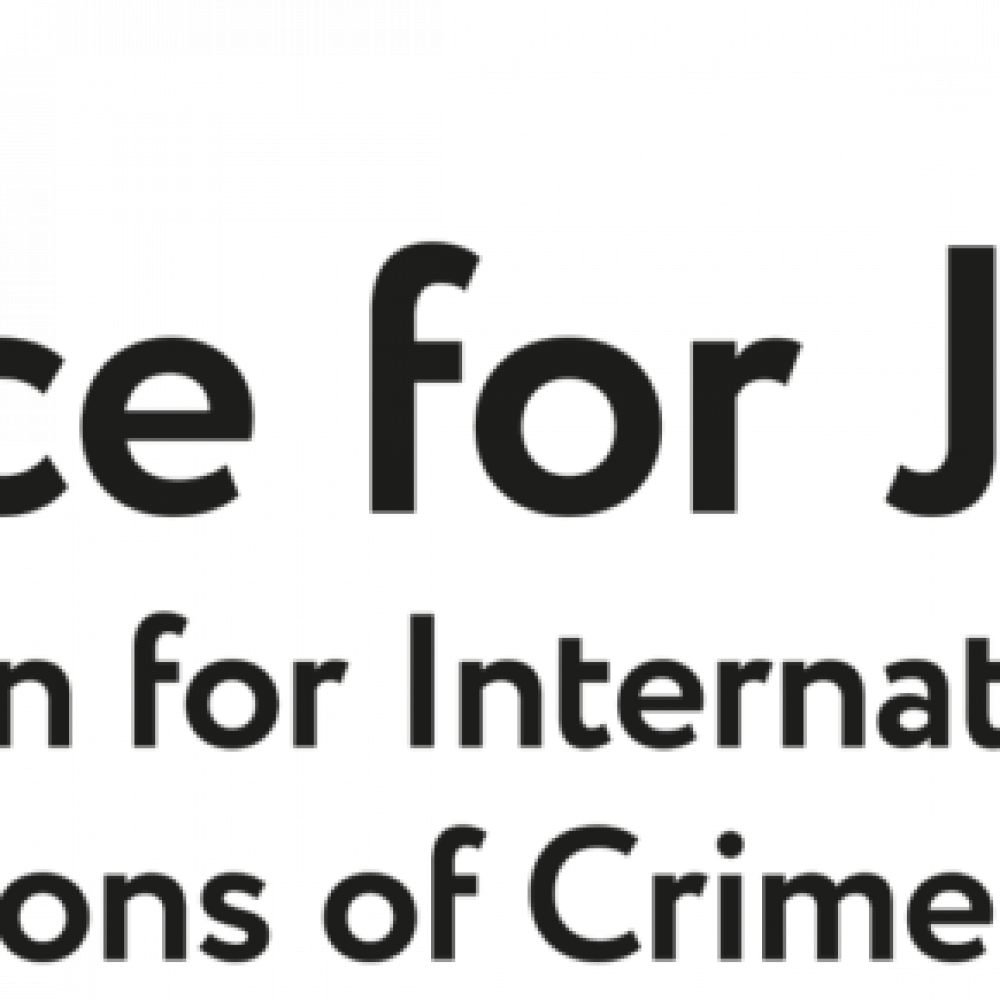This article is the second of five stories about crimes against journalists in Colombia, especially Indigenous reporters, supported by the JFJ Investigative Grant Programme. The article was originally published on Global Voices. A version of this story was also published in Spanish in El Espectador.
Peace has not yet reached Cauca in southwestern Colombia despite a peace agreement signed five years ago. This year, there were 12 massacres of locals there. Seventeen human rights defenders and 36 former guerrilla members were killed in this province, according to Colombian NGO Indepaz. Indigenous journalists are particularly vulnerable as they report from the field while communities work to free themselves and mother earth.
Cauca’s location is an ideal corridor for dealers of cocaine and cannabis. It is the scene for violent disputes between ex-members of the guerrilla, such as FARC and the ELN, paramilitaries that conduct illegal activities, and national and international corporations that want to establish hydropower, mining, logging, extensive cattle, and sugar mill projects.
Indigenous communicators are most in danger. Yet, despite the risks, they continue to develop communication channels and inform locals about land dispossessions, violence, and Indigenous cultures. Nevertheless, Indigenous communicators, who mostly report in their free time and use local radio stations, are often not recognized as journalists, which brings about another set of discriminations.
Since the Spanish invasion in 1492, legal and illegal actors try to dispossess Indigenous lands as native people resist. In 2009, the Constitutional Court of Colombia said that Indigenous people are facing extermination, yet 12 years later, the murders continue.
Informing from the heart of the struggle
Indigenous reporters, who for the most part are volunteers, face dangers by reporting on social struggles that seek to “free mother earth.”
Freeing mother earth means getting back Indigenous reserves, collective Indigenous property, and defending the land of their ancestors — in harmony with mother earth —, according to the Indigenous Regional Council of Cauca (CRIC), a social organization that groups several Indigenous peoples from Cauca. For communicators, then, informing from the heart of these liberation processes is critical since the land is tied to their roots.
John Miller, an Indigenous communicator from Renacer Kokonuco radio station, says that his work is important to inform the community with local news and bring national and international awareness, as well as increase knowledge about Indigenous foods and music.
Meanwhile, Eldemir Dagua, another Indigenous communicator from Cauca, told Global Voices: “There are lots of risks that we face, especially because our work denounces and mobilizes people to accompany mingas, community work, and assemblies.” In Colombia, mingas are the ways in which people collectively support social causes.
According to the communicators, businesses — doing legal or illegal activities —dislike their work since they expose what is happening in this province, such as deaths, displacements, and land dispossessions. Not many mainstream journalists visit these territories out of fear for their security, lack of budget, or disinterest.
Yamilk Sánchez, an Indigenous communicator from the Totoro First Nation, states that his job implies risks because they are committed to human rights. For this reason, sometimes they receive threats against the community as a whole. On September 22, Ilia Pilcué, a woman, Indigenous elder, and ancestral authority, was the latest killed in Jambalo, Cauca.
They report from territories not knowing what could happen each time they go out. Dangers are as high as their commitment to people and the truth. Even if they are killed, their relatives face other problems: their public recognition as communicators, not just community members, and to find justice for their murders.

Unrecognized journalists
Hostility against Indigenous communicators is also expressed in the form of social discrimination. Fabiola León, from Reporters without Borders, told Global Voices: “The first risk lies in the concept of being a journalist. This country has a hard time understanding that communicators communicate and exercise their right to freedom of information. People don’t know what it means to inform from the inland and communicators are not legitimized. This puts them at risk.”
She continues by saying that there are hierarchies among media workers. Indigenous reporters, by not having studied journalism and by being in rural communities informing on social struggles, are not always validated as journalists. So, “the Indigenous put up a fight in Cauca by having their own channels of communication,” León added.
Adriana Hurtado, a legal representative of the Colombian Federation of Journalists (Fecolper, for its acronym in Spanish) explains that criminal investigations sometimes don’t consider Indigenous communicators as journalists — despite the fact that they are reporting from the field — but as members of communities trying to free Mother Earth. As a result, they are not considered as local reporters killed on the job.
Angela Caro, a lawyer of the Colombian organization Foundation for Press Freedom (FLIP, for its acronym in Spanish) says that “in the investigations put forth by the authorities they don’t always relate the aggression to journalistic activity. This is not considered a hypothesis in the investigation. This is because of the lack of awareness of the dangers to the public order in provinces such as Cauca, where the work-related risks increase.”
Cauca does not offer safety but it does not stop Indigenous communicators from reporting. During their recent assembly, CRIC recognized the importance of Indigenous communication, or comunicación propia [a communication of one’s own], as they say in Spanish. In a statement from August 2021, CRIC writes:
“The Indigenous communicator contributes to the defense of mother earth, the revitalization of knowledge and cultural practices, and political-organizational empowerment with clarity, awareness and determination. The communication process is in itself a training space that has always strengthened the different territorial dynamics of the indigenous movement.”
First nation reporters are essential to the historic struggle for ancestral land. Armed groups know who they are, and this exposes them to the highest risks. “They told us to stop informing; however, we will continue in resistance from CRIC with our Indigenous communication,” Yamilk Sánchez says.

